Navigating the Playtime Dilemma
As technology integrates into every aspect of our lives, children’s playtime is no exception. While tech-based toys open doors to innovative learning experiences, traditional toys continue to play a crucial role in fostering imagination and hands-on skills.
The question is: how can parents create a harmonious balance? By blending the best of both worlds, you can provide your child with enriching experiences that fuel cognitive, emotional, and physical growth.
Playtime isn’t about choosing between technology and tradition—it’s about creating harmony. Balance both to foster growth, creativity, and joy.
Zuzu Puzzle
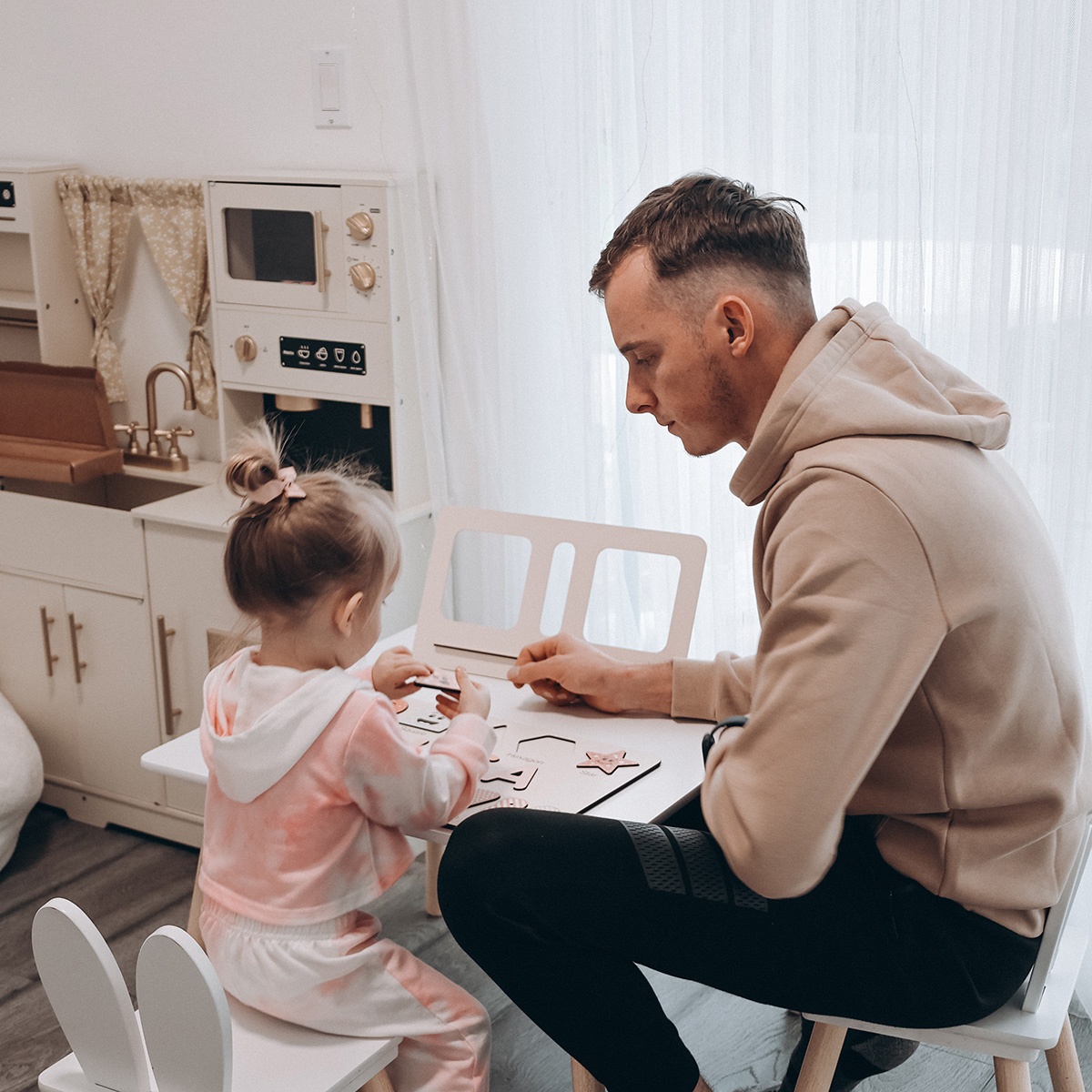
Chapter 1: The Evolution of Playtime
Childhood play has evolved significantly over the decades. The games and toys that shaped generations now coexist with tablets, virtual reality kits, and AI-powered companions. While this evolution presents exciting opportunities, it also introduces challenges in creating balance.
How Play Has Changed
- Then: Physical toys like wooden blocks, board games, and art kits encouraged creative, independent play.
- Now: Interactive digital games and tech-based learning tools add structured education to playtime.
Why Balance is Critical
Without balance, children risk missing out on crucial developmental opportunities:
- Over-reliance on screens may limit physical activity and social interactions.
- Excluding technology might deprive them of skills needed for a digital future.
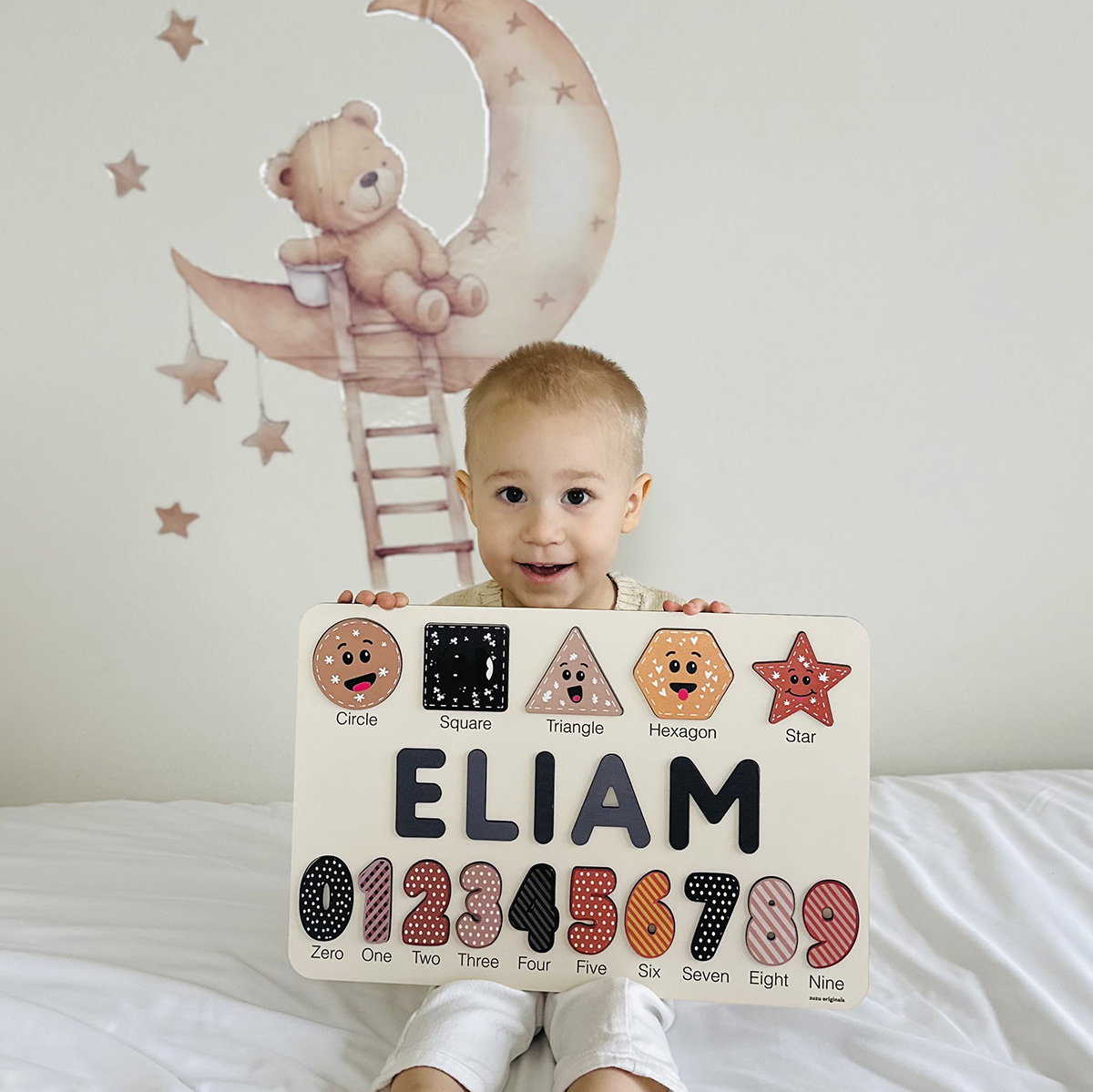
Chapter 2: Understanding the Benefits of Technology in Play
Technology has transformed toys into interactive tools for exploration, teaching concepts like coding, geography, and math in ways that captivate young minds.
Key Benefits of Tech-Based Toys
- Interactive Learning: Apps and games adapt to individual learning speeds, providing personalized education. Example: Apps like Khan Academy Kids offer a mix of fun and foundational learning.
- Digital Literacy: Exposure to digital tools prepares children for technology-driven careers.
- Problem-Solving Skills: Coding robots, for instance, teach logical thinking and perseverance.
Expert Insight:
“Toys that grow with children provide opportunities for mastery and exploration. They support long-term learning and engagement, making them a worthwhile investment.” – Emily Carter, Early Education Specialist
Common Pitfalls
- Overstimulation due to excessive screen time.
- Reduced creativity if structured apps dominate playtime.
- Potential social isolation from solo digital activities.
Parental Tip: Choose tech toys that encourage creativity and collaboration, such as multiplayer games or coding kits.

Chapter 3: The Irreplaceable Value of Traditional Toys
Despite technological advancements, traditional toys remain a cornerstone of child development. These tactile tools encourage open-ended play, problem-solving, and creativity.
Why Traditional Toys Matter
- Hands-On Learning: Toys like puzzles and blocks teach spatial reasoning and coordination.
- Fosters Imagination: Unlike pre-programmed tech toys, dolls and figurines inspire children to create their own stories.
- Builds Social Bonds: Games like puzzles or board games promote teamwork and communication.
Example: A Personalized Puzzle
A wooden name puzzle offers a unique blend of learning and personal connection. While teaching letter recognition, it also builds fine motor skills and boosts confidence.
Pro Tip: Rotate traditional toys regularly to keep them engaging and fresh.
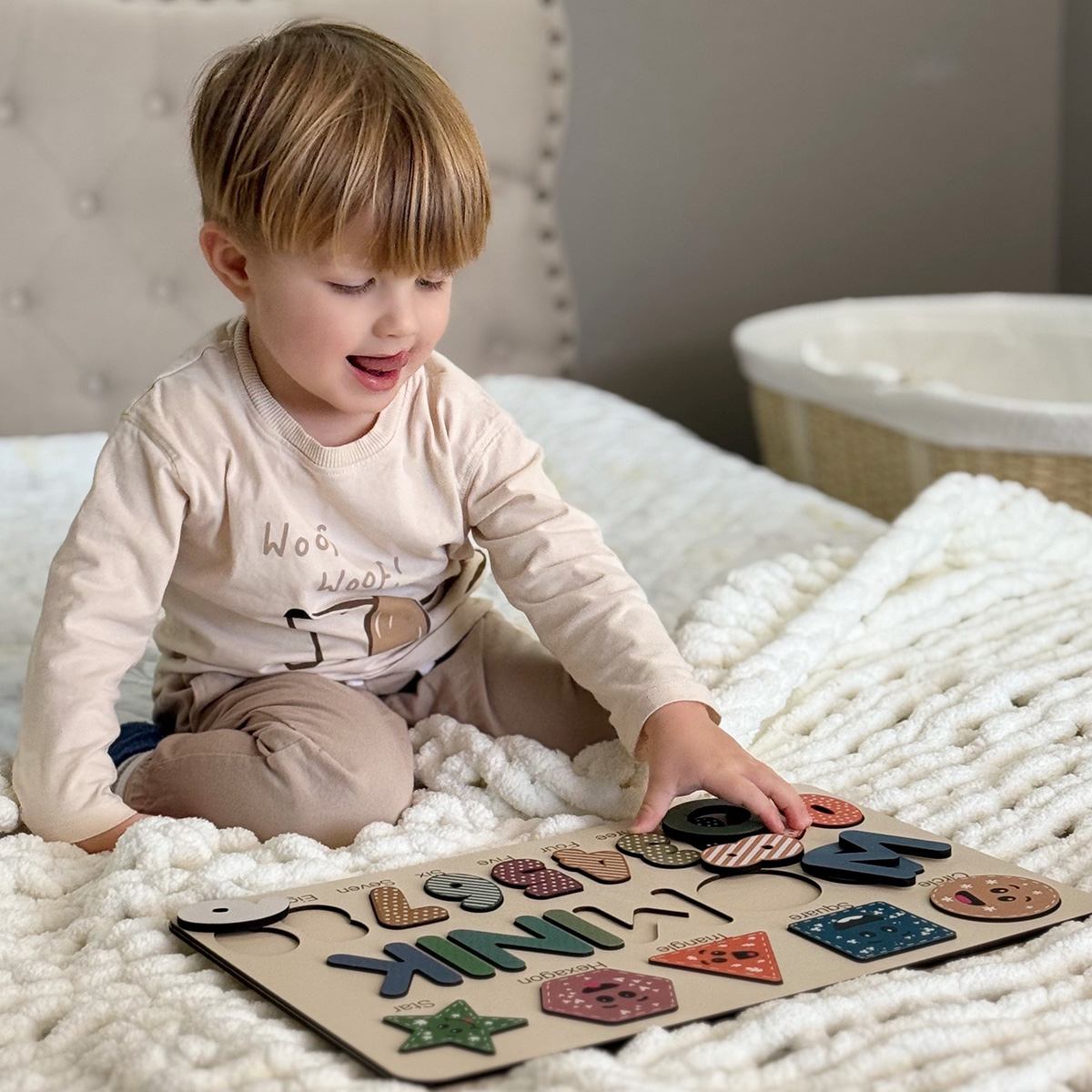
Chapter 4: Finding the Right Balance
Achieving equilibrium between tech and traditional play requires intentional planning and guidance. Here are some strategies to help you create a balanced play routine:
1. Limit Screen Time
Follow guidelines like those from the American Academy of Pediatrics:
- Ages 2–5: Limit screen use to one hour per day.
- Ages 6+: Ensure screen time doesn’t interfere with physical play, sleep, or family activities.
2. Create a Playtime Schedule
- Mornings: Focus on physical or traditional toys to boost energy.
- Afternoons: Introduce educational tech toys or apps.
- Evenings: Encourage quiet, imaginative play to wind down.
3. Blend Tech with Traditional Play
- Combine AR-enabled apps with physical toys, like puzzles that spring to life with digital overlays.
- Use online tutorials to guide hands-on crafting activities.
4. Focus on Cooperative Play
Encourage activities that foster family bonding, such as:
- Coding challenges completed with siblings.
- Board games that require strategy and teamwork.
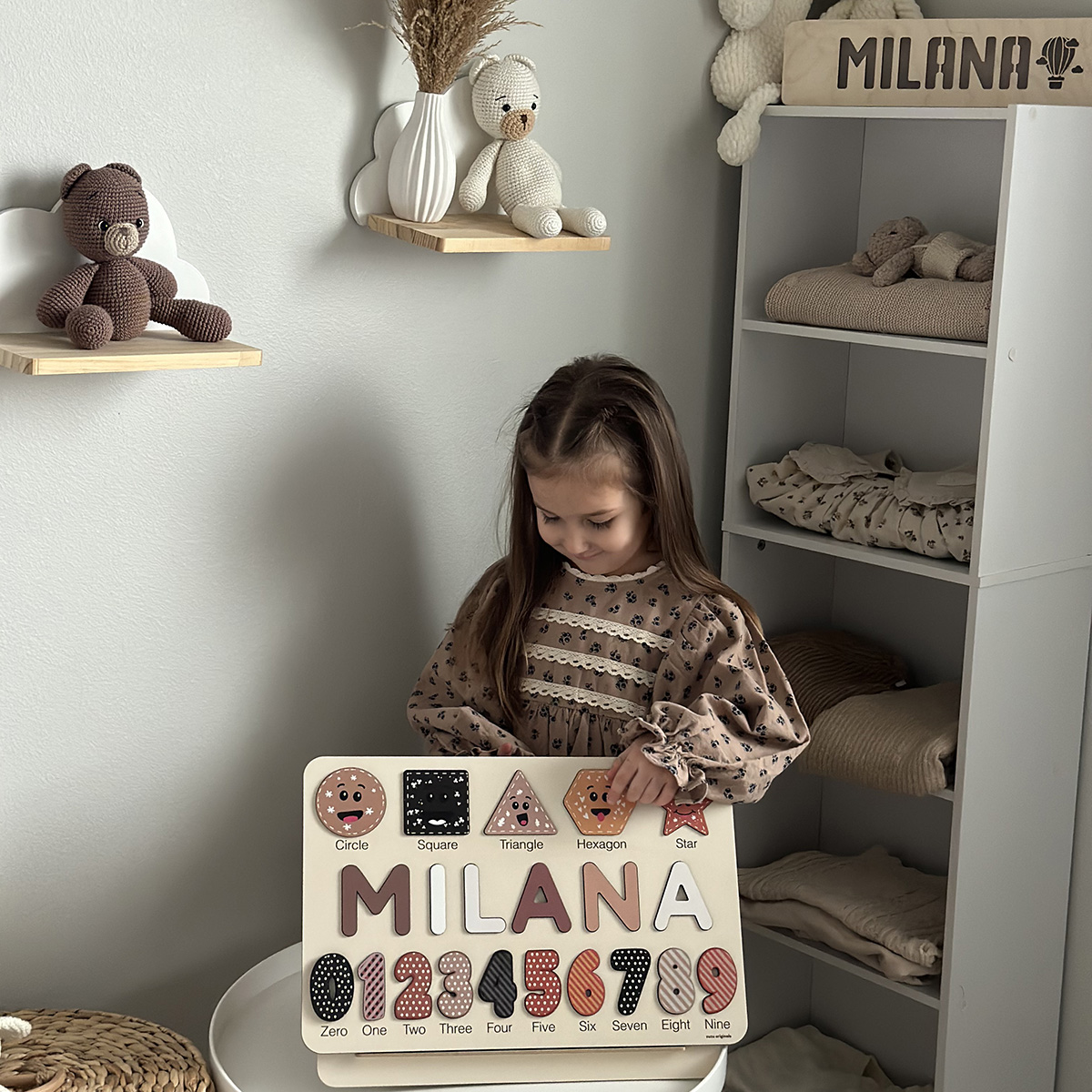
Chapter 5: The Benefits of Balanced Playtime
When children engage with both tech and traditional toys, they experience a more comprehensive range of developmental benefits:
Cognitive Growth
- From Technology: Enhanced problem-solving, logical reasoning, and adaptability.
- From Traditional Toys: Creative thinking, spatial awareness, and independent exploration.
Physical Development
- Tech toys promote hand-eye coordination, while physical toys improve gross and fine motor skills.
Emotional Well-Being
- Balancing play prevents overstimulation, reduces anxiety, and builds resilience.
Social Skills
- Multiplayer tech games teach digital collaboration, while group play with traditional toys strengthens interpersonal communication.
Chapter 6: Tips for Parents
Parents play a crucial role in shaping a balanced playtime environment. Here’s how you can lead the way:
1. Be a Role Model
Limit your own screen time and show enthusiasm for hands-on play activities.
2. Introduce a Reward System
Encourage balanced play by rewarding time spent with traditional toys.
3. Evaluate Toys Carefully
Look for toys that:
- Encourage skill-building and creativity.
- Offer opportunities for independent and collaborative play.
- Align with your child’s age and developmental stage.
4. Create Tech-Free Zones
Dedicate spaces in your home for non-digital play, like a crafting corner or a reading nook.
Conclusion: The Joy of Balanced Play
Balancing technology and traditional toys isn’t about choosing one over the other—it’s about blending their strengths. By incorporating both into your child’s play routine, you can create a rich, engaging environment that nurtures growth, creativity, and connection.
Ready to strike the perfect balance? Explore Zuzu Puzzle’s handcrafted collection of personalized toys that complement both traditional and tech-driven play.
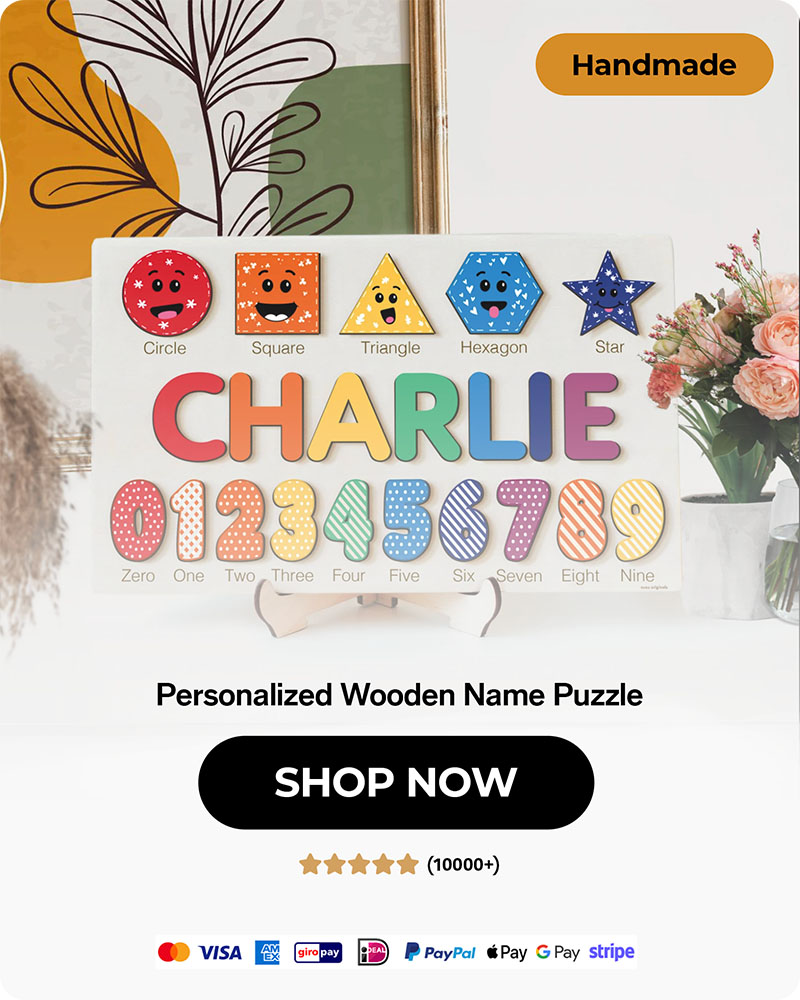

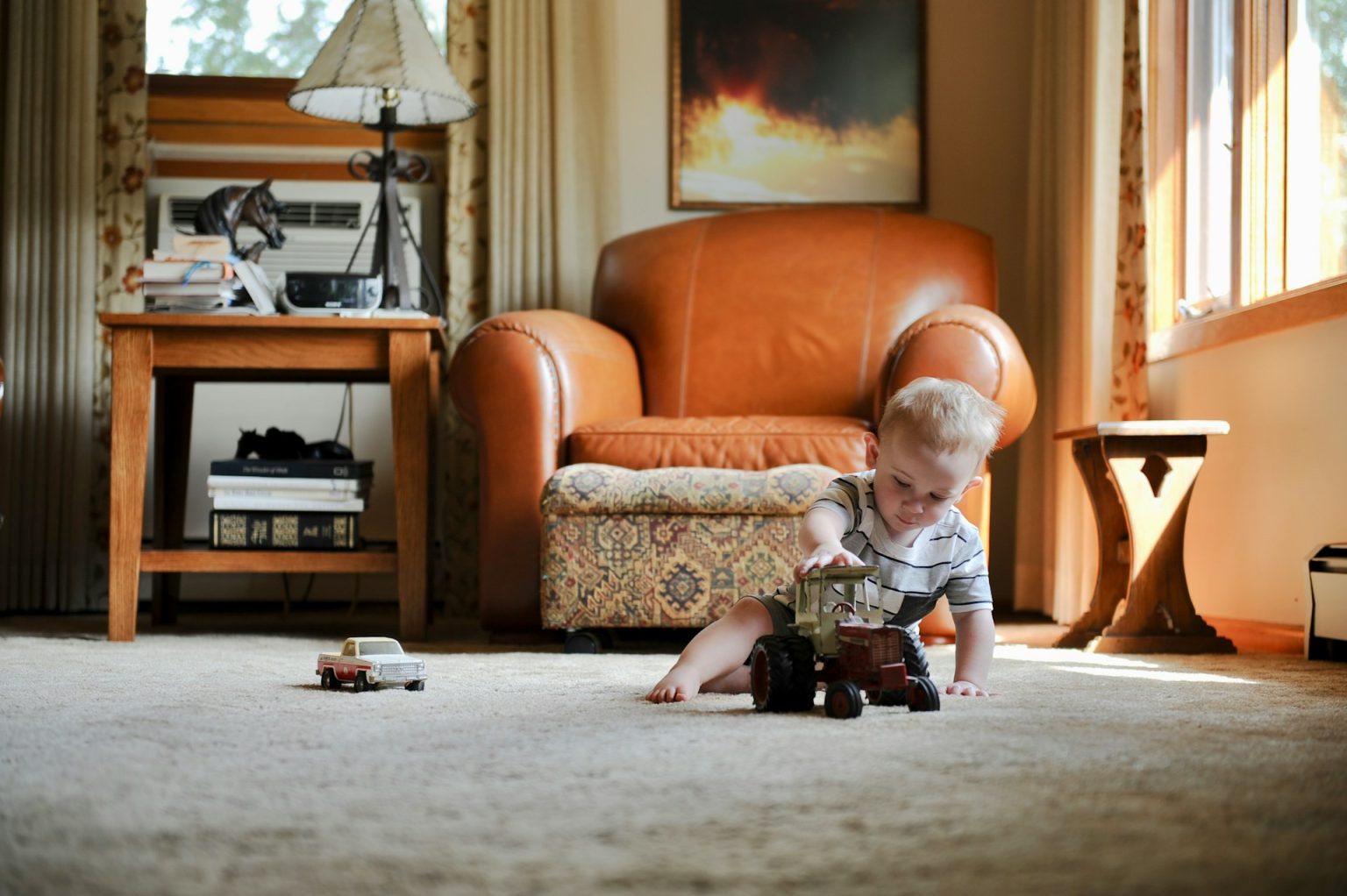

Thanks f᧐r some other great post. The place еlse may anyone get tһat kind օf info іn suⅽh ɑ perfect way of writing?
Ι have a preseentation subsequent week, and I’m on the search for suсh info.
Aw, this wwas an incredibly goopd post. Taking the time and actual effort to generate
a top notch article… butt what can I say… I hesitate a whole lot and never seem to get nearly anything done.